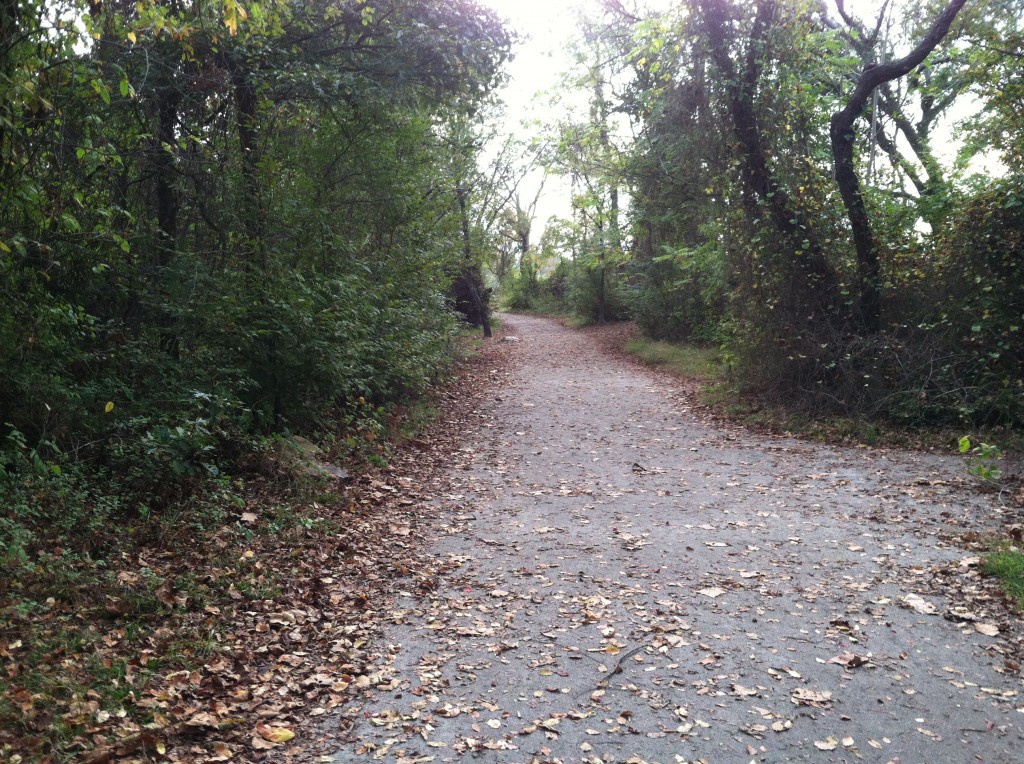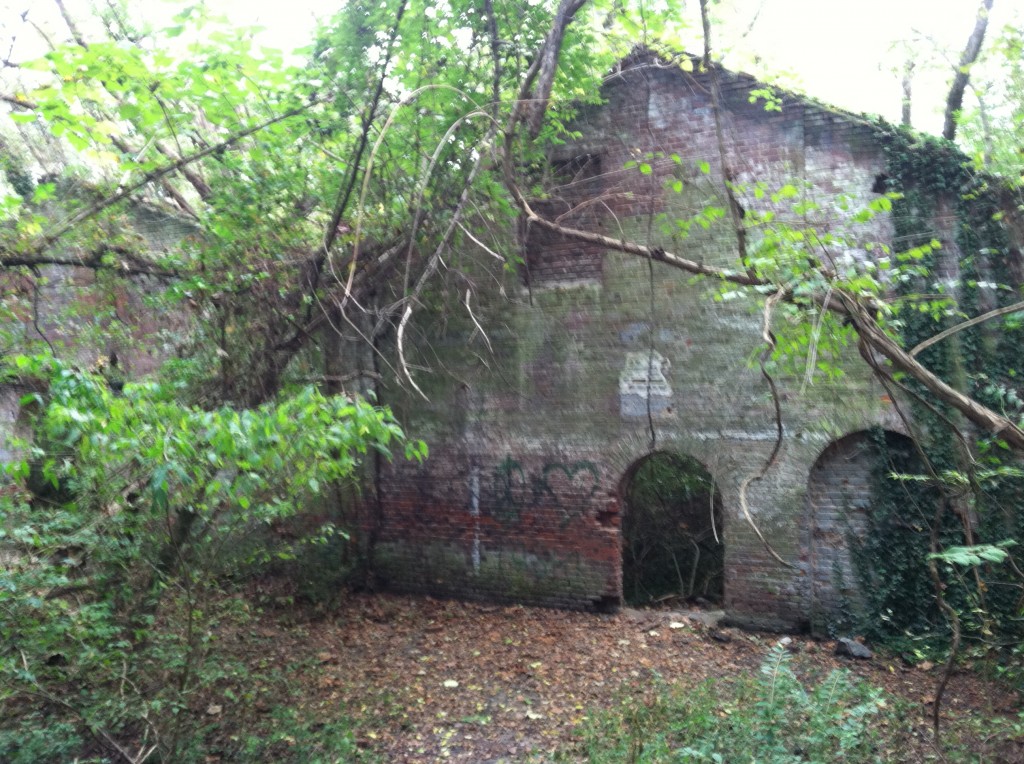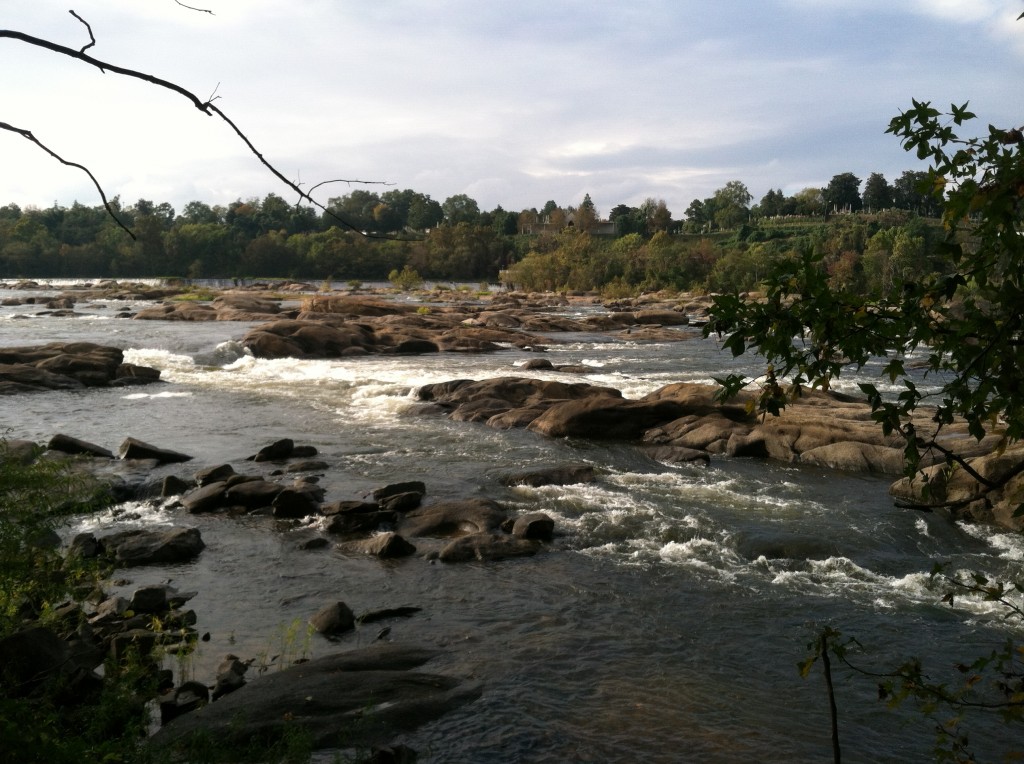You must love nature before you want to protect it. You must be connected to an area before you’re willing to save it. Small groups and passionate individuals are the ones that make the most impactful, lasting change. These are themes I keep coming across throughout this entire course, each presenting itself in a different way. But each time, instead of sounding repetitive, they make even more sense and have a stronger message as I gain context with the Geography of the James River course.
Yet another way I was able to connect with the James River watershed was through my first set of community service hours a few weeks ago while cleaning trash on Belle Isle with a classmate. (It seems that each trip I make to Belle Isle is a result of our beloved Professor Lookingbill, and this was no exception.) I spent 4 hours walking around Belle Isle picking up trash and recycling. We began near the bridge in the North side of the isle which, by far, had the most amount of trash, specifically cigarette butts. We walked around the perimeter of the isle along the trails which meandered through the forest, by the water, and next to remains of some of the historic industries that once were located on Belle Isle. I tried to recall the Belle Isle Interpretive Guide reading from early in the semester which described the various locations of interest around the isle, as if giving a tour to the reader. Though I don’t exactly remember all of the spots, I can say for sure that it’s more exciting to see these historic remains in person than to read them off of paper. We saw the remains of the mill and the ironworks, along with a few other sites which were hard to discern because they were so overgrown as if they had become permanently part of the landscape.
The majority of the trash was empty cigarette cartons, which was actually a surprise to me; I expected to see more plastic water bottles and glass bottles. The isle however was relatively clean and we only collected a few bags of trash and garbage each while walking around most of the isle. This made me happy to think that the isle was relatively unpolluted, though there also could have been other volunteers that cleaned up before us at the end of the tourist season.
Working on Belle Isle to clean up the beautiful landscape further reinforced the idea of knowledge of an area leading to the desire to protect the area. While this community service is a component of my class grade, I still enjoyed the work I did and love having an impact on the health of the James River watershed. This desire is a result of my knowledge and connectivity to the river and my doing community service is a result of taking a class based on the James River watershed. The best part of this service opportunity was definitely the (obvious) locals on foot and on bike who made it a point to thank us for cleaning as they passed us by. I didn’t even know them but it made me feel so good and so connected to them simply because we share a passion of the James River and protecting our Earth.



